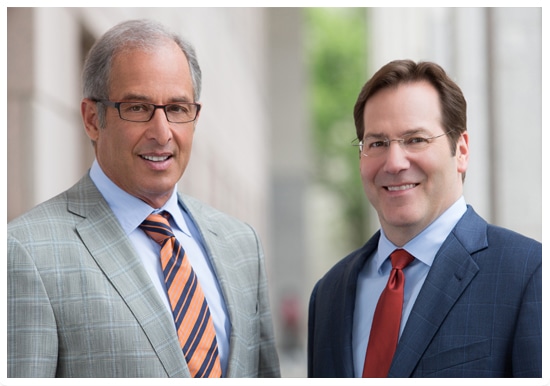Are We Ready for Autonomous Air Travel?
 For the first time ever in the United States, the very first autonomous air taxi took flight in North Carolina, leaving many people feeling excited about the future of transportation and what is in store. Although there were no passengers on board at the time of the Ehang flight, the company is hoping to get approval from the Federal Aviation Administration in the near future to transport passengers to different places.
For the first time ever in the United States, the very first autonomous air taxi took flight in North Carolina, leaving many people feeling excited about the future of transportation and what is in store. Although there were no passengers on board at the time of the Ehang flight, the company is hoping to get approval from the Federal Aviation Administration in the near future to transport passengers to different places.
How does it work?
The air taxis are, essentially, giant drones, controlled via radio signals. As Richard Stradling wrote in The News & Observer, “The future was delayed for about a half hour, because of problems with the radio signal,” which meant the air taxi could not take off for its demonstration right away. Once the signal was clear, the aircraft flew for about 5 minutes in a demonstration. No one was allowed to ride in the air taxi – FAA regulations forbid it – but Governor Roy Cooper did pose for a photo in the vehicle, saying “Meet George Jetson” as he did.
Ehang has done thousands of test flights of pilotless air taxis throughout the world, though this was the first test in the U.S. According to The Verge:
Ehang recently received approval from Chinese regulators to launch a commercial air mobility service in Guangzhou. As part of the pilot program, Ehang is working with the Guangzhou government to set up an air traffic control center. On the passenger front, Ehang has said it plans to use the pilot program to test more flight routes and “vertiports” from which its electric aircraft would take off and land. The company also plans to cargo deliveries of low-weight medical supplies, including blood and organs for emergency use.
The risks of flying in a person-sized drone are serious
It sounds like a lot of fun – a simple way to beat the traffic and get to your destination faster – but all new technology comes with risks, and this is no different. Generally speaking, helicopter-related accidents are more deadly, if not more dangerous, than other forms of aircraft (though air taxis and chartered flights are subjected to more stringent rules and regulations). A look at the recent death of Lakers star Kobe Bryant offers a stark reminder of just how dangerous air travel can be.
One of the leading causes of these deadly accidents is pilot error, which would be eliminated in an autonomous air taxi. But that does not mean such vehicles are necessarily safer. Bad weather, engine failure, and parts failures could still lead to crashes, and an increased number of helicopters in the air could lead to an increased number of collisions or other accidents. Furthermore, in the event of a system failure, who could possible attempt to save the aircraft and its passengers? If a takeoff could be delayed from a problem with a radio signal, what would happen if the signal suddenly dropped out – or was blocked – mid-flight?
If the worst happens and an autonomous air taxi crashes, passengers would surely suffer catastrophic injuries: brain damage, spinal cord damage, broken bones, crushed limbs and burns. This is assuming, of course, that the passengers survive the crash in the first place. The liability issues are almost too numerous to list. Would the manufacturer be to blame? The designer? Who would be responsible – the drone operator? Even if the drone is only hauling cargo, it could still cause life-altering injuries to anyone hit by debris if it falls.
Automated air travel is the stuff of science fiction, and there is no denying how very cool it would be to putter around in the sky just like the Jetsons did. But for now, we hope these pilotless air taxis stay in the “pilot” stage, because the risks are just to great.
If you have been injured on or near an aircraft, Warren & Kaillanos, PLLC has the experience and knowledge to help. Our Charlotte injury lawyers have fought on behalf of clients throughout North Carolina for decades. Please call 704-377-7777 to schedule a free consultation. You can also complete our convenient contact form.

At Warren & Kallianos, we believe in the importance of working directly with our attorneys, Jeff Warren and Chris Kallianos. When you work with our firm, Jeff and Chris are always accessible to you throughout the progress of your case.
Read more about Warren & Kallianos, PLLC
